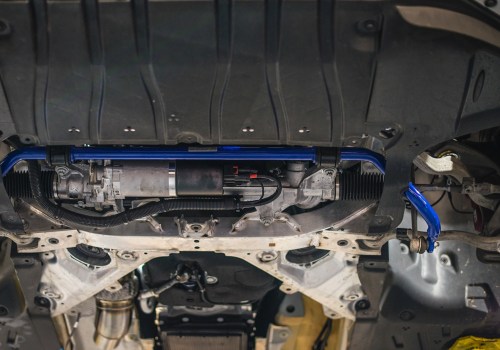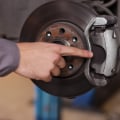Are you in need of reliable car transport services that can handle any terrain? If so, you need to explore all-terrain tires. All-terrain tires are designed to provide superior traction on both paved and unpaved surfaces. They are perfect for off-road driving, sand car racing, and more. In this article, we will discuss the benefits of all-terrain tires and how to select the right ones for your needs. The first thing to understand about all-terrain tires is that they are designed to provide extra grip and traction in off-road conditions. All-terrain tires feature a tread pattern that is designed to help disperse mud, snow, and sand.
The tread pattern also helps to provide extra grip on slick surfaces such as ice or wet rocks. All-terrain tires also feature aggressive sidewalls that help provide extra protection against punctures and other damage. These tires are also designed with extra sidewall stiffness to reduce the chances of sidewall damage when driving on rough terrain. In addition to providing extra grip and protection, all-terrain tires also feature an improved ride quality. This is because the tread pattern helps to reduce road noise and vibration, providing a more comfortable ride.
All-terrain tires also offer improved handling characteristics due to their increased grip and stability on off-road surfaces. When it comes to choosing the right all-terrain tire for your vehicle, there are a few factors to consider. First, you'll want to make sure that the tire you choose is compatible with your vehicle's wheel size and load capacity. Additionally, you'll want to choose a tire that is designed for the type of terrain you plan on driving on. For example, if you plan on driving on sand or mud, you'll want to choose an all-terrain tire with an aggressive tread pattern. Another important factor to consider when choosing an all-terrain tire is the type of rubber compound used in the tire's construction.
Different types of rubber compounds offer different levels of grip and durability, so it's important to choose one that is suitable for your driving needs. Finally, when choosing an all-terrain tire, it's important to consider its tread life rating. Tread life ratings can vary widely between different brands and models, so it's important to choose one that will last as long as possible.
Features of All-Terrain Tires
All-terrain tires are designed with a variety of features that make them well suited for off-road driving. These features include: aggressive tread patterns, reinforced sidewalls, improved ride quality, improved handling characteristics, and rubber compounds designed for specific terrain types. Aggressive tread patterns on all-terrain tires provide superior grip and traction in mud, snow, sand, and other off-road conditions. The deep treads help the tires dig into the terrain to improve grip and traction.Reinforced sidewalls provide enhanced protection against punctures, debris, and abrasion. This helps to ensure that the tires can handle the toughest conditions. Improved ride quality is another important feature of all-terrain tires. The reinforced sidewalls and aggressive tread patterns help to reduce road noise and vibration, making for a smoother ride. Improved handling characteristics also allow for more control over the vehicle in off-road conditions. Finally, rubber compounds designed for specific terrain types can help to further improve the performance of all-terrain tires.
For example, softer compounds are better suited for muddy and sandy conditions, while harder compounds are better suited for rocky terrain. By choosing the right rubber compound for the terrain type, you can maximize the performance of your all-terrain tires. All-terrain tires are an excellent choice for anyone looking to get the most out of their off-road experience. With their reinforced sidewalls, improved ride quality, improved handling characteristics, specialized rubber compounds and aggressive tread patterns, these tires can help you tackle any terrain with confidence. When choosing an all-terrain tire for your vehicle, be sure to consider its compatibility with your vehicle's wheel size and load capacity as well as its tread life rating.







